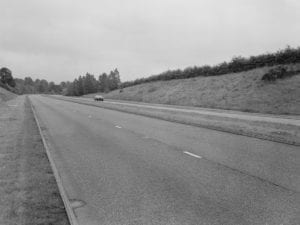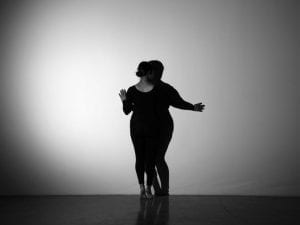The 2016 edition of Art Paris Art Fair brings together 143 galleries from 22 countries. Opening on 31 March, this year’s event continues to concentrate on parts of Europe and the singular art scenes of cities like Marseille, Milan and Zurich, while also looking further afield to places like Azerbaijan, Colombia, and Iran, and Korea, this year’s guest of honour. A leading fair for modern and contemporary art, Art Paris is open to all forms of artistic expression including painting, photography, textiles, performance, design, and film, and offers an insight into art from the post-war period to the present day. We speak to Fair Director, Guillaume Piens, about this year’s line-up of key events and the importance of the Art Paris’s virtual tour in the digital age.
A: The Art Paris Art Fair is back on the 31 March. What can we expect to see at this year’s event?
GP: There will be a lot to discover or re-discover. There are 143 galleries from 22 countries, including some that are coming for the first time from places like Azerbaijan, Colombia and Iran, not to mention the guest of honour country, South Korea.
A: Attendance at Art Paris 2015 was impressive. In your opinion, what is it that draws audiences to the art fair, as well as the city of Paris. What is unique about both?
GP: The tradition of art fairs in France goes back to the 18th century. It is a place to sell but also to promote. Art fairs are really seen as big exhibitions and not just commercial events. Galleries create museum quality shows and the people flock to the opening of the fair because it is an event not to be missed. We get 17,000 visitors on preview day!
A: Art Paris provides an excellent platform for the buying and selling of contemporary art. How does the fair seek to inspire art collectors and aficionados?
GP: First of all, we make an effort to be different and to cultivate our own identity. Our focus at Art Paris Art Fair is to explore the regions of Europe and go to interesting cities like Zurich, Munich or Milan. What we look for is galleries who work with passion and whose artistic line acts as an antidote to the tendency towards the uniformity we see from one art fair to the other. Art Paris Art Fair is also known for its concentration on emerging art scenes, and every year we have a country or region as guest of honour to highlight that. After our Asian trilogy, which featured China, Southeast Asia and South Korea, we are developing a focus on Africa for 2017.
A: This year’s guest of honour is South Korea. Can you discuss the significance behind this decision, and also what visitors can expect to see from this special programme?
GP: In the past 15 years, we have seen Hong Kong, Beijing, Shanghai and Singapore come into their own as places on the global map of the art world. Now it is Korea’s turn. In terms of the number of museums, art centres, foundations and galleries, Seoul, the South Korean capital, is one of the richest among Asia’s mega cities. More generally, Korea today is a bit like Japan in the 1980s. The Koreans excel at just about everything: technology with Samsung, automobiles with Hyundai, the cultural industries with K Pop and K Drama, and now on the art scene, their fire power is impressive. The rise of Korea on the world stage is the reason why Art Paris Art Fair decided to extend this invitation as guest of honour, and also because it comes in the wider context of a year of celebration of friendship between France and Korea which started last September.
With some 80 artists represented, the fair offers an outstanding panorama of the Korean art scene. It includes the historic masters of abstraction (Ungno Lee, Myeong-ro Youn) and icons like Lee Ufan and Iee Bae, as well as young rising stars such as Kiwon Park who is showing a monumental installation at the entrance of the Grand Palais entitled Flash Wall (2014). There is also a programme of performances called Rituals with artists Yeesookyung and Young In Houng as well as a series of events throughout the city including a spectacular installation by Chung Hyun called A Man Standing in the gardens of the Palais Royal.
A: Art Paris has increased its digital strategy since you became Fair Director, and a virtual tour of the event is now available to the public. Why is this important in today’s society, and what does this add to the overall fair experience?
GP: Art Paris Art Fair was one of the first art fairs to provide total 100% virtual coverage of the event. Our website is very sophisticated and has a series of filters that allow visitors to search by order of price, technique, geographical origin of the artist etc. We also make a lot of images available to the public so people can share them on social networks. We are very mindful of the power of images and the fact that the internet is a terrific communications tool that supports sales.
Art Paris Art Fair, 31 March – 3 April, Grand Palais, Avenue Winston Churchill, 75008 Paris.
For more, visit www.artparis.com.
Follow us on Twitter @AestheticaMag for the latest news in contemporary art and culture.
Credits
1. Nicolas Schöffer, prototype lux 11, 1960. Represented by Gimpel & Müller.





